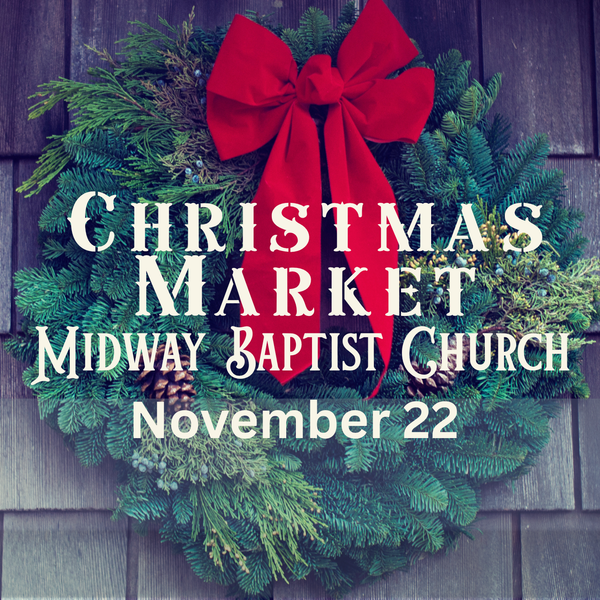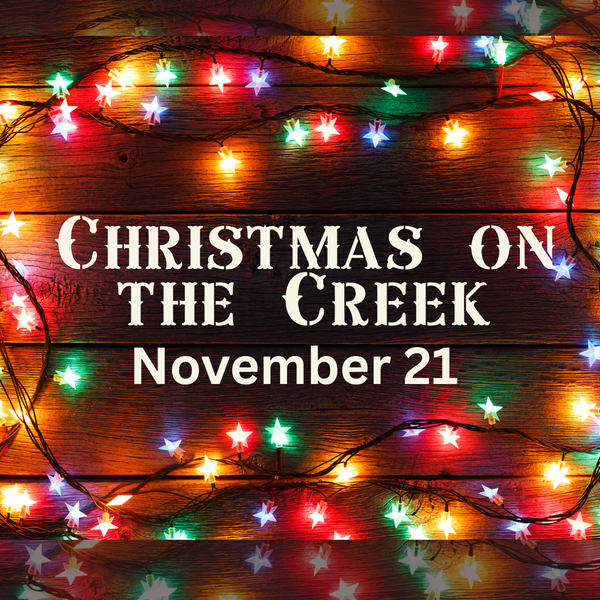A Visit to Leonard Memorial Church Uncovers a Story of Outdoor Worship and Unmarked Graves
In those earliest years, founding members erected an arbor of sorts out of tree limbs and grapevines to form an enclosure where families gathered whenever a preacher was passing through.

The story of this congregation has origins with the earliest European settlers coming to this region. Most of the European-descent Americans arriving here shortly after the close of the Revolutionary War were poor. Many had German ancestry having migrated originally to Pennsylvania and making their way down the Great Wagon Road Other Europeans in the area were English and Scottish. People with African ancestry were often brought here as slaves, property for the wealthier European settlers. But many African-descent people were also Free in this region and worked as tradespeople.
The Leonard Memorial parish was a settlement of European people, many of whom were poor. The Leonard family had secured land of around 200 acres and helped this section establish a school and a church congregation.
Oral tradition says that the cemetery contains the burial site for several Native Americans. Pioneer families buried here have markers but the sites for Native Americans are marked with a flat, concrete block. The church has contacted Virginia's Department of Historic Resources to get help identifying the people buried in the unmarked graves.
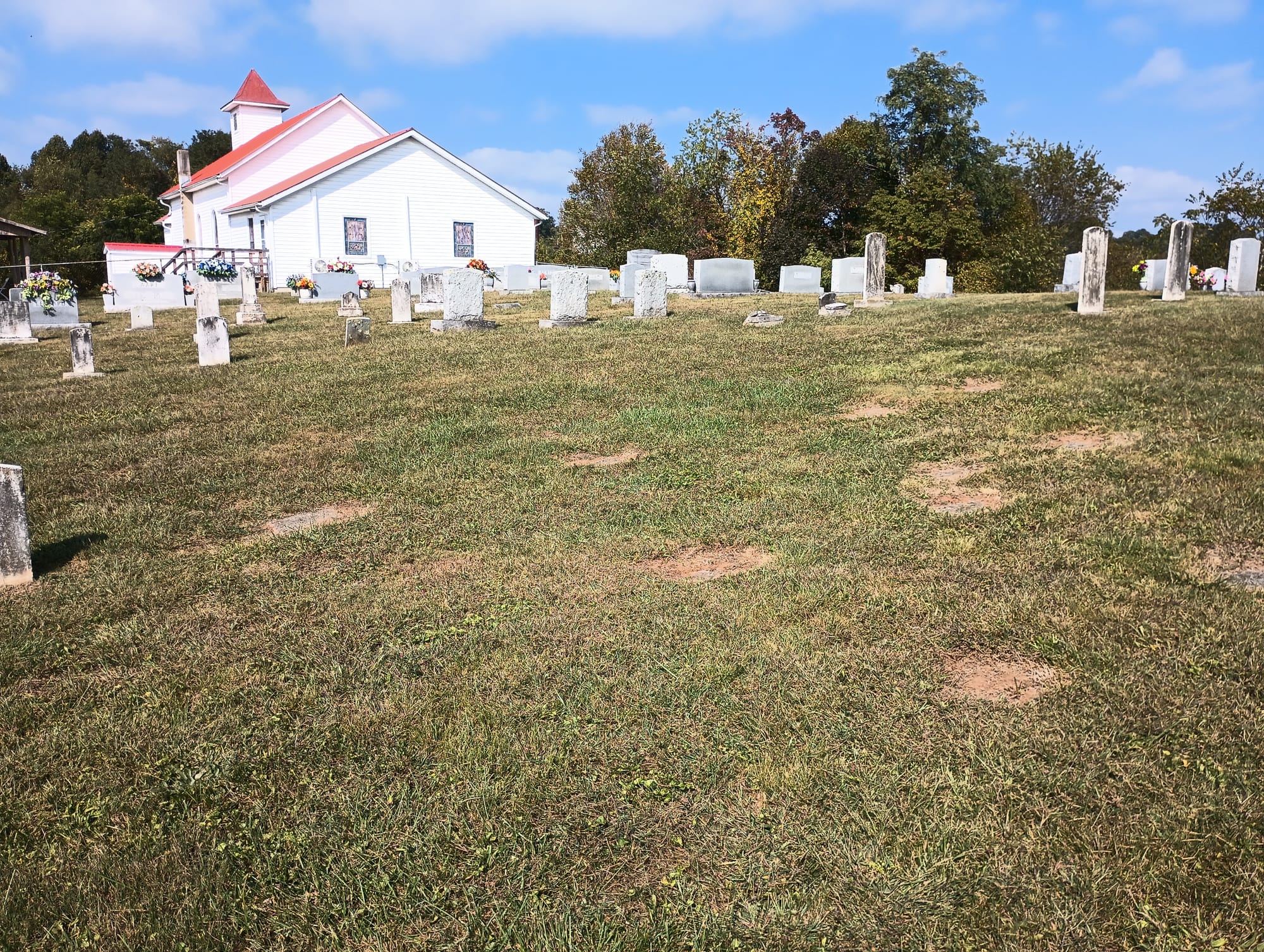
A unique origin story of this congregation is that it is one among a few settlements here that worshiped outdoors for generations. Before churches and schools were built, people gathered in pastures or woods near wagon trails. A circuit minister would serve the parishes and preach on his way passing through. On a day that a parish knew the preacher was coming, mothers would pack hampers of food and get the kids dressed for church. Families walked or hitched wagons to oxen or horses and crossed the fields to the parish meeting place. They would listen to the minister, sing hymns, and pray outdoors. Then the congregation would pull out their hampers of food and have a picnic.

These early pioneers were a mixture of Quaker, Church of Christ, Episcopal, and Methodist; they often worshipped together at these outdoor services. From these experiences arose the Brush Arbor tradition. In this parish, they called their church community “Brush Arbor”. The Brush Arbor site consisted of a crude lean-to structure where the preacher could stand and worshippers gathered outdoors in the woods to listen. As the region became more populous and resources were secured, the parish divided itself and aligned with religious ideology – Quakers went with Quakers, Baptists with Baptists, etc.
Around 1904, the Leonard family deeded a parcel for the construction of a church and a school. Trees from the land were milled near Chestnut Creek to construct a stick-built, symmetrical structure with two entrances: one for men and one for women. The original deed of this parcel is made out to the Episcopal Methodist Church.
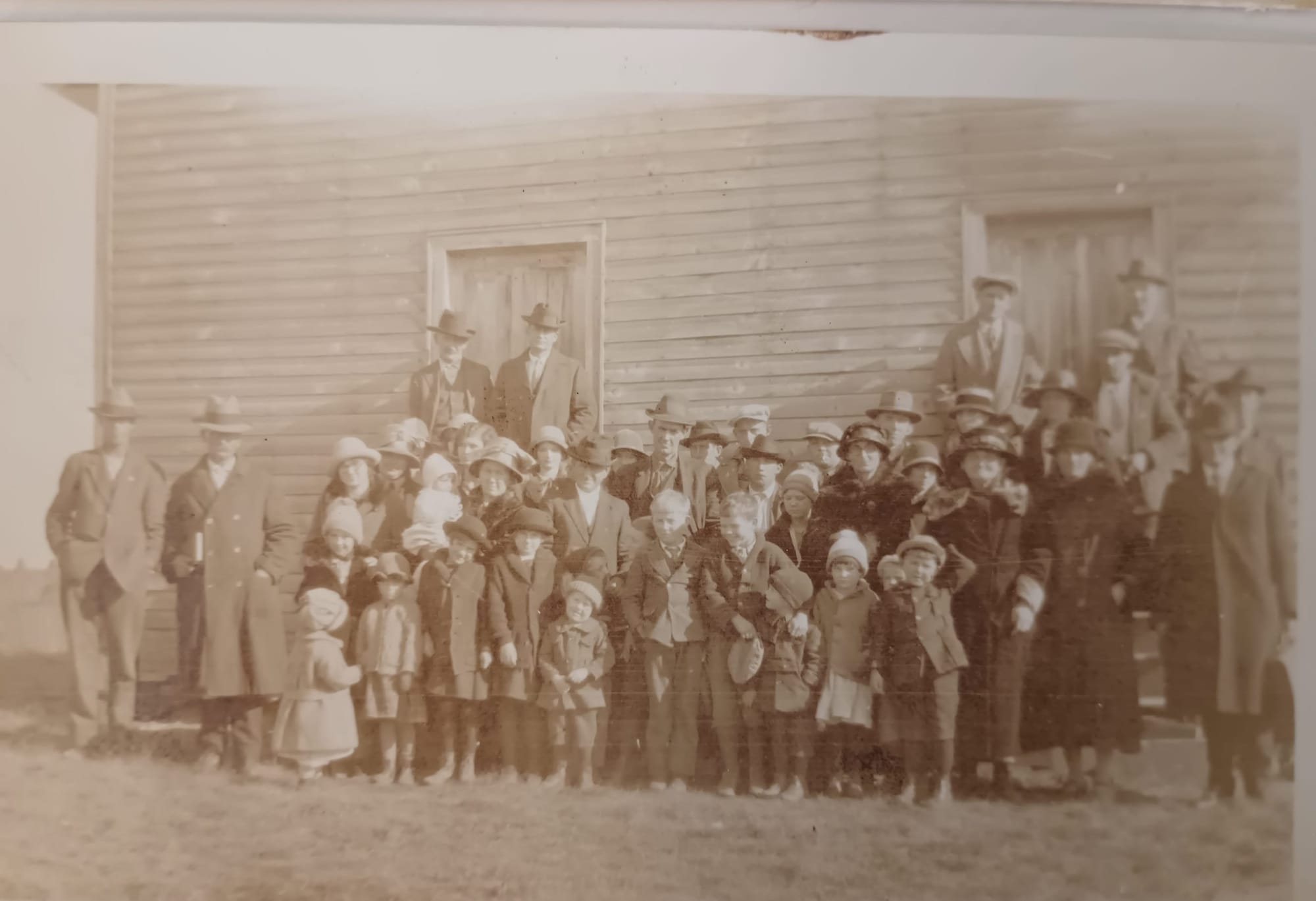
In 1906, the church was built. Timber from the site was used to erect a simple wooden structure that could accommodate about a hundred worshipers. The original structure had two entrances on the front: one for men and one for women. As the decades passed, a small kitchen and dining area was added at the back. Stain glass windows from the Law's Glass Company in Statesville, North Carolina were designed and installed in 1956. Another addition on the front of the original structure provided a vestibule, bathrooms, and a porch.

As it stands today, Leonard Memorial Methodist Church has seen over a hundred years of weddings, baptisms, funerals, and sermons. The congregation that formed from the brush arbor parish community has stood the test of time.
America's country churches are sacred and connect us to a history with our ancestors and our faith traditions. Even if you don't attend church in one of these congregations, it's important to know that these places are a part of who we are today. They deserve to be remembered and preserved for future generations. Leonard Memorial Church has a small but mighty congregation. Services begin at 9:30 AM every Sunday morning. Everyone is welcome.
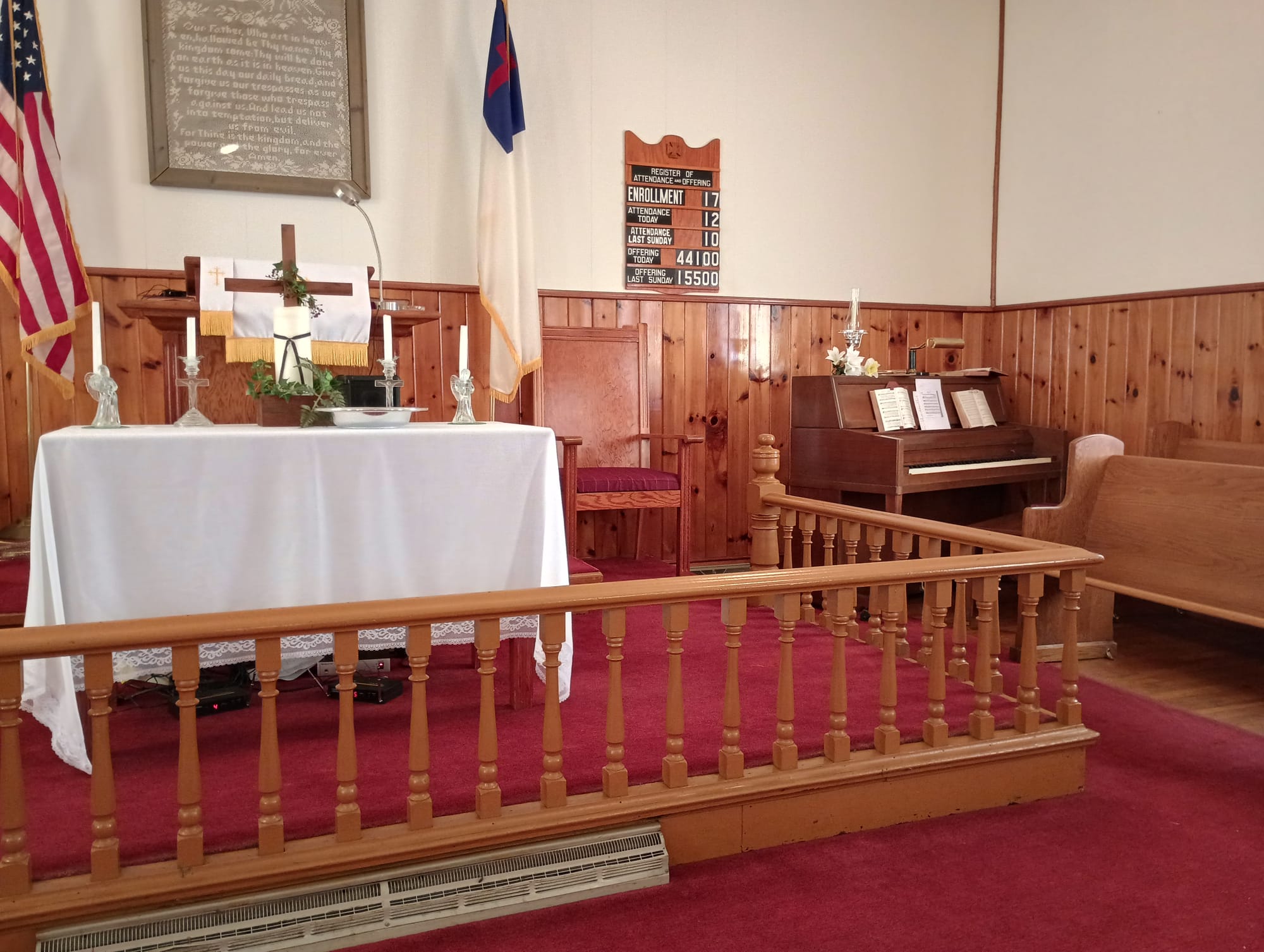
Acknowledgements: Many thanks to Norma Haynes for locating and researching the history of Leonard Memorial and for her ongoing work with the Virginia Department of Historic Resources to identify those interred in the cemetery.



